Ditch the Guesswork: Use AI to Truly Understand Your Customers
EAST Session: Abstract : Manufacturers have more customer data than ever before, yet many still struggle to turn that data into real insights. Too often, sales teams rely on gut instinct, outdated reports, or incomplete CRM entries, leading to missed opportunities and inefficient processes. AI changes the game by analyzing patterns humans can’t see, uncovering hidden sales opportunities, and predicting customer needs before they arise. In this session, we’ll explore how AI can transform the way manufacturers understand and engage with customers—without requiring a complete digital overhaul. We’ll discuss real-world applications of AI in sales and customer relationships, including proactive recommendations, automated data capture, and predictive insights. You’ll leave with a clear understanding of how AI can help you move beyond guesswork, make data-driven decisions, and build stronger, more profitable customer relationships. Significance/Importance : Manufacturers have long relied on relationships and gut instinct to drive sales, but today’s competitive landscape demands more. Traditional CRMs were meant to help but became data-entry burdens, leading to poor adoption and missed opportunities. AI is changing the game by turning raw data into actionable insights—automating manual processes, predicting customer needs, and uncovering hidden sales opportunities. Companies that embrace AI gain a competitive edge, while those that don’t risk falling behind. This session will show how AI helps manufacturers move beyond guesswork, make smarter decisions, and build stronger customer relationships with less effort.
